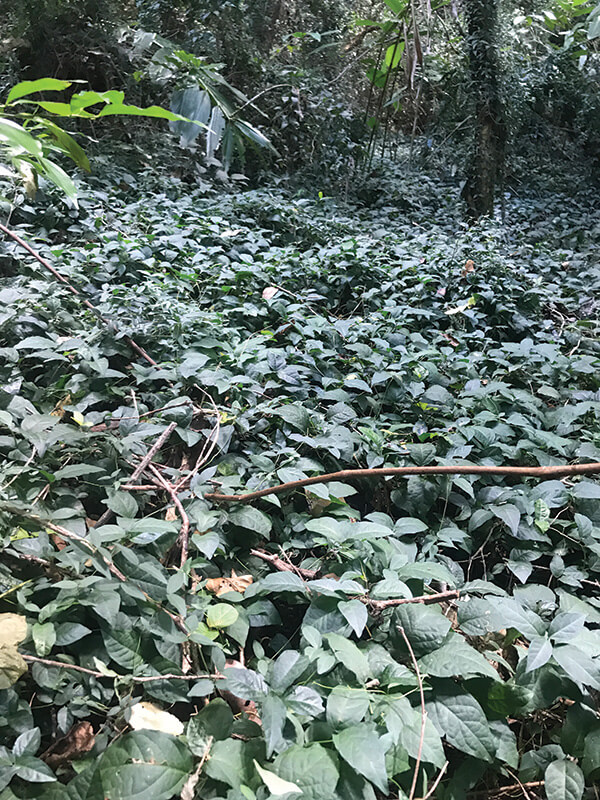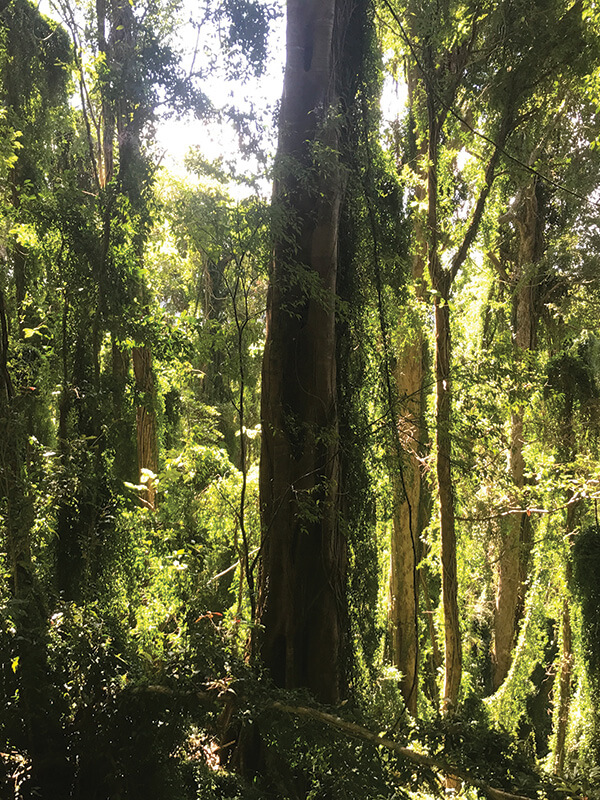Land managers have a tendency to divide plants into two groups, good and bad. A good plant to a cattle farmer is one that’s nutritious for stock and a bad plant is one that is toxic, unpalatable or outcompetes desirable pasture. To the ornamental gardener, a good plant is one that they have selected to grow in a specific location, while any randomly germinating plants are considered weeds. While for the conservation land manager, local natives are good and exotic plants are bad. So, a conservationist’s good plant can be a weed to a farmer and vice versa, and a gardener’s favourite ‘splash of colour’ can be a conservationist’s worst nightmare.
The term ‘weed’ can mean different things to different people, it all depends on your land management objectives. Some landholders will have different land management objectives for separate parts of their property. In fact, on many properties it can depend on which side of the fence a plant grows. Take the introduced Glycine (Neontonia wightii) for example, in the paddock its great cattle feed whereas behind the riparian fence it’s an invasive, smothering weed that requires control.
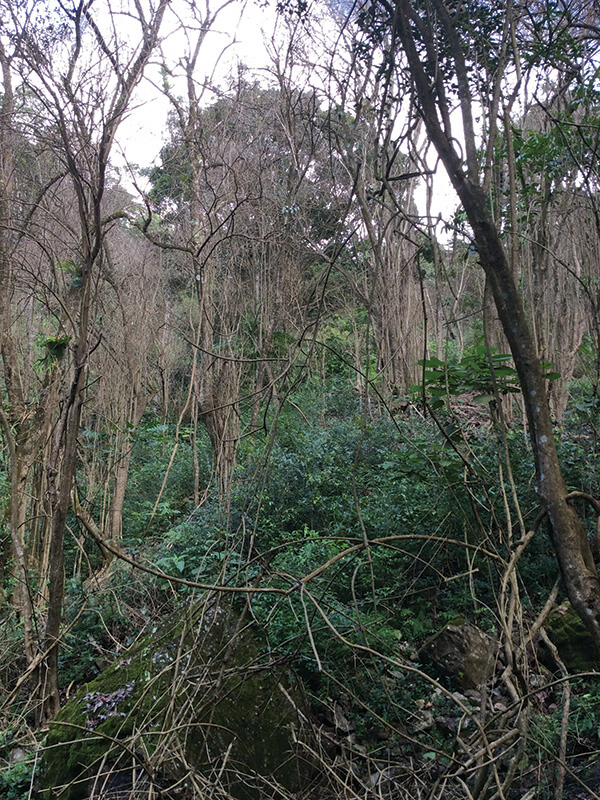
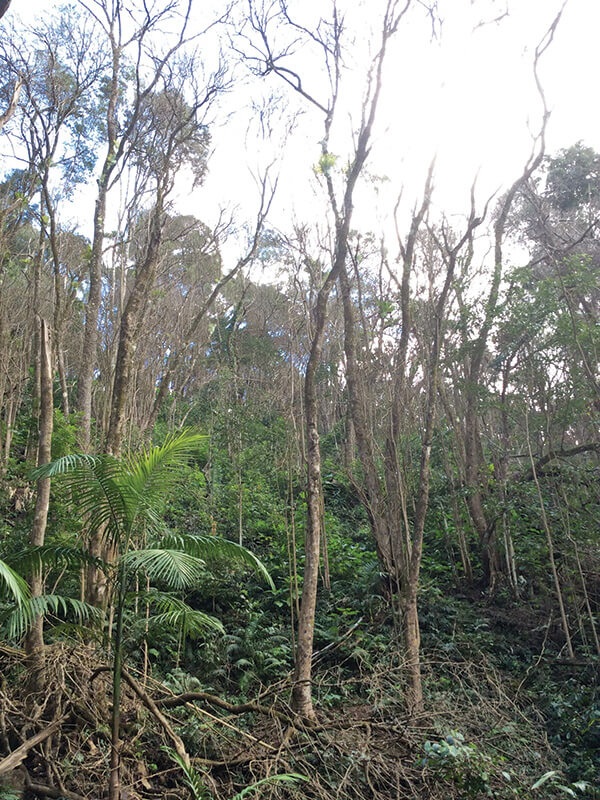
Compartmentalising things into groups can make processing information easier. Narrowing the number of available compartments down to just two is very convenient. If one group is good then the other group must be bad! We can then direct our wrath at this latter group. Weeds are regularly contextualised in this manner with land management vernacular often referring to a ‘war’ on weeds, and as ‘weed busters’ we ‘whack’ these noxious weeds (sometimes mistakenly referred to as ‘obnoxious’ weeds!). But in this era of time poor people, are we using our time wisely? By adopting this overly simplified ‘good and bad’ approach to vegetation management are we just making ourselves work harder and not smarter? Or are we setting ourselves up to fail and decide it’s easier to look the other way and give up?
Sometimes it’s worth taking a step back and applying some objective questioning, for example, “What is my land management goal here?”. Is it to eradicate all the weeds on my property? This is an admirable goal, but I would question if it is achievable (or even necessary), and even if it is, will it remain weed free for very long once you’ve relinquished stewardship? Perhaps a more achievable goal is to improve the quality of habitats available to native wildlife on my property. Or to build the resilience of my bushland areas from further invasion by high priority weeds.
This slight shift in thinking could reduce your workload (and stress) and make your land management goals more achievable. For some people the thought of ignoring low priority weeds simply doesn’t sit comfortably, it may even be seen as sacrilegious. I don’t wish to downplay the level of threat that some invasive plant species pose to ecosystem conservation and recovery. Nor am I suggesting that as landholders we shouldn’t be managing weeds. Invasive weeds pose a significant threat to biodiversity and in the regrowing forests on private lands in SEQ they significantly restrict natural regeneration processes. As conservation land managers we need to work towards improving our understanding of weeds, including which ones we devote our precious time controlling and how we approach that control.
So, what distinguishes the difference between a high and low priority weed? And when does a weed become a high priority for control? Take the time to consider whether it is choking or smothering existing native vegetation. Also consider whether it is limiting the regeneration of seedlings and if it is spreading into new areas. Is it a short-lived (annual) or will it persist for years (perennial)? Is it just growing on the forest edge, disturbed and sunny areas or has it established in a ‘core’, undisturbed area of the forest? For example, if the weed only grows in full sun and you are re-establishing a canopy you may be able to play the long game of succession and let it gradually reduce in abundance as shade levels and competition increase.
In the Sunshine Coast hinterland where I work, it’s very insightful to look back at historical aerial photos from the 1950s and see just how much bushland has regrown over the last 70-80 years. Yes, the vegetation that has regrown is often devoid of pre-clearing ecological values such as old habitat trees and species now locally extinct. But the resilience of this bushland means that in some place’s forests have regrown and now support an impressive diversity of plants and animals.
On many Land for Wildlife properties, bushland is attempting to regrow but has stalled because a few high priority weeds are holding back this regeneration process. To enable this regrowth to thrive and mature, bushland can benefit from our assistance to control priority weeds, not every weed, but the high priority ones. This will speed successional processes and increase the amount and quality of habitat available for wildlife.
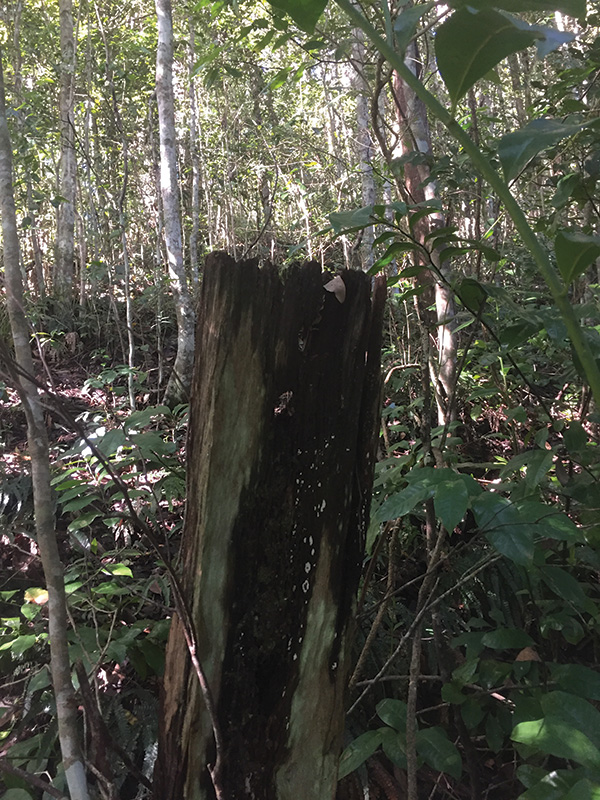
Through careful observation and talking to experienced land managers with similar objectives we can learn to prioritise weeds. We can also better understand when to intervene in order to assist the natural regeneration processes. This may mean not controlling some weeds in some situations which can save time and money. Gaining this knowledge makes the goal of improving habitats on your property more achievable. Often this knowledge will be locally and even property specific. Sadly, generational succession and knowledge transfer by custodians of nature is not as guaranteed as it once was.
However, the answers are out there! The Land for Wildlife program offers an ever-expanding network of experienced local landholders, many of which are willing to share their knowledge and experience. As Land for Wildlife members the program offers you various platforms (property visits, field days, workshops, social media and this magazine) to engage with and share our experiences and learn from each other. If you’ve had some wins in bringing back the bush on your property, why not share your learnings by hosting a field walk for other local landholders or penning a case study for this publication?
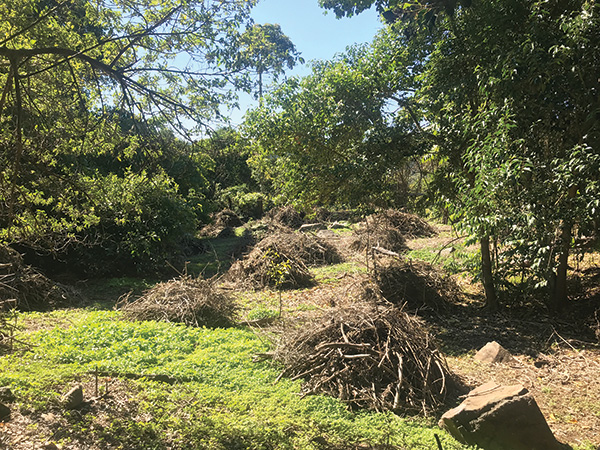
Over the last two decades I have been fortunate to see many remarkable transformations on Land for Wildlife properties and central to these outcomes has been a strategic approach to weed management.
Many of these success stories have been achieved by landholders that are willing to observe, question, listen, learn and adapt as they go, striving to work smarter rather than harder.
While individual successes are great, it’s really at the landscape scale that these outcomes are required to achieve significant long-term conservation outcomes. By sharing knowledge and lived experiences with other landholders you can help inform and inspire others and quickly spread a wave of motivation through the growing Land for Wildlife network….one property at a time.
Nick Clancy
Land for Wildlife Officer
Sunshine Coast Council

